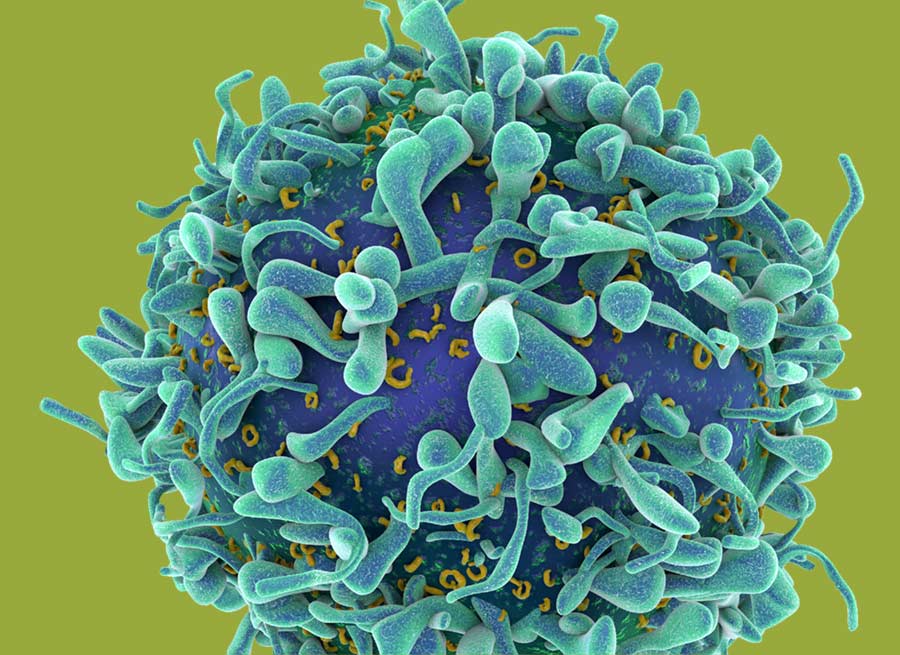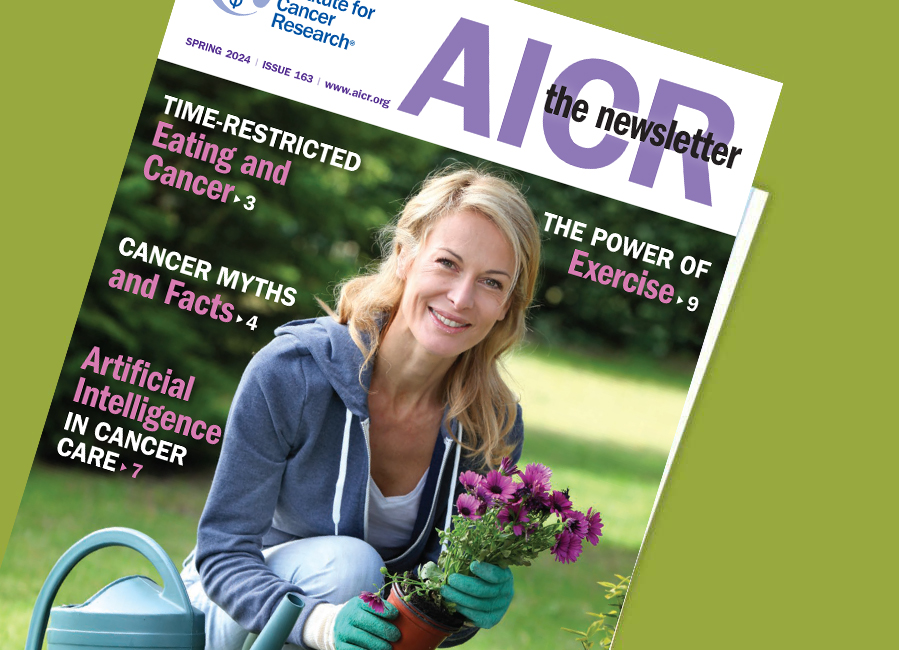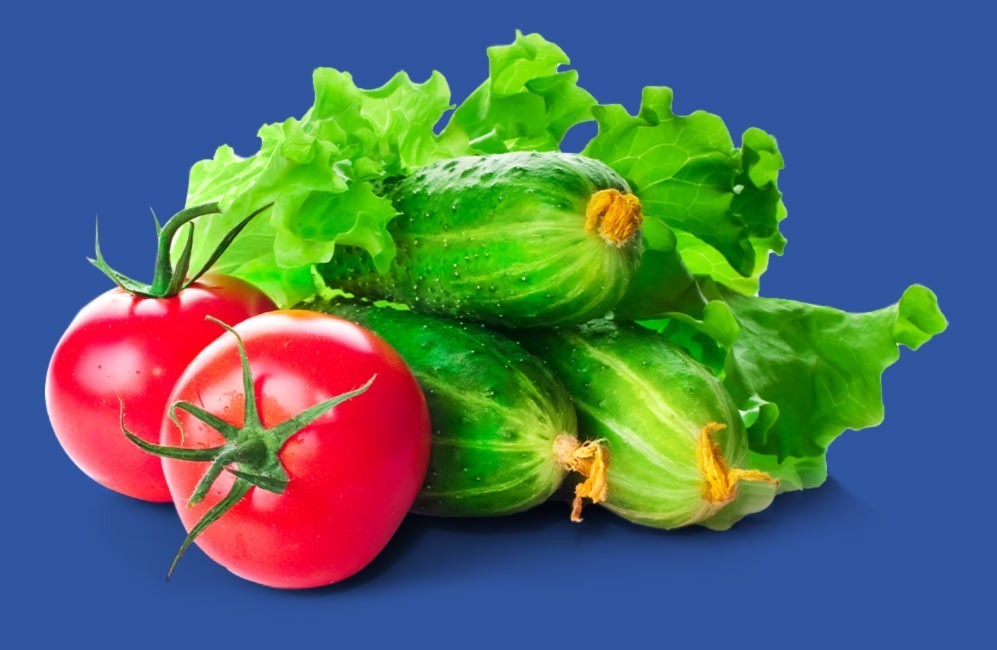Q: If 100% juice is the recommended choice, why is the sugar content on some still so high?
A: The reason sugar content is high even in 100% juice is because listed grams of sugar include all forms of sugar, including those that occur naturally in the fruits. But a product labeled 100% juice means it contains only juice or juice concentrate with no added sugars. Choosing 100% juice helps you avoid “empty” calories, which means the natural sugar and calories come with some combination of vitamins, minerals and natural plant compounds (phytochemicals).
Navigating juice labels requires careful reading. For example, “100% cranberry juice” must be exclusively cranberry juice; “100% juice, cranberry” cannot contain added sugar, but may be a blend of several juices, and cranberry need not dominate. Since the juice of some fruits, like grapes, tends to be naturally higher in sugar and sweeter tasting than an equal amount of other juice, producers often use grape and apple juice concentrates as the primary juice in a blend, even when the label lists another fruit, such as cranberry, peach or raspberry, as the juice flavor and name. Read the label.
Juice drinks or cocktails – not 100% juice – may have a small amount of real fruit juice, but also contain added sugars like beet and cane sugar and high fructose corn syrup. These beverages lack the nutritional benefits of 100% juice.
You can have juice drinks that are lower in calories and sugar by diluting them with water, which will also dilute nutrient content. Drinking 100% juice is recommended as the best fruit beverage option, but also note that for most people, solid fruits are an even better choice. A cup of unsweetened solid fruits provides more fiber and about half the calories and sugar as a cup of unsweetened juice.





